Once imprisoned in solitary confinement by the Nguyen Dynasty, during the fall of the capital in the year At Dau (1885), King Quang Trung's skull mysteriously disappeared.
The journey of scientists to find the tomb of King Quang Trung, which was destroyed by King Gia Long in the year Tan Dau (1801), in the mountainous area south of the Huong River, has not yet ended because there are still some scientific hypotheses waiting to be verified. Besides, for many years, researchers have also worked hard to find the whereabouts of the "female flower" of King Quang Trung.
Researchers such as Nguyen Dinh Hoe, Phan Thuan An, Do Bang, Phan Quan... through their published works from 1975 - 1988 have confirmed the situation of King Quang Trung's "female flower" from 1802 - 1885 in Hue , imprisoned by the Nguyen Dynasty in the prison cell at Vu Kho, then moved to the prison and secretly taken away during the fall of the capital Hue (1885). From 1988 to now (2016) there have been the first revelations.
Grave Digging for Revenge
According to historical documents, on May 3, Tan Dau year (1801), the Tay Son's main fort at Linh Thai mountain, next to Tu Hien gate (now in Phu Loc district, Thua Thien-Hue), commanded by the son-in-law Tri, was attacked head-on from morning to afternoon, with no clear winner.
Waiting for nightfall, Left General Le Van Duyet secretly ordered cavalry to carry light boats and weapons through the villages along the coast near Tu Hien estuary, to break into Ha Trung, and attack from the rear. The Tay Son army defending Linh Thai mountain was defeated, and the son-in-law Tri was captured alive... King Canh Thinh Nguyen Quang Toan was leading troops out of Phu Xuan citadel, heading east to support, but panicked and ran to the north, not having time to bring the An Nam king's seal and many other seals...
The next morning, May 4, Tan Dau year (1801), Nguyen Vuong Nguyen Phuc Anh entered Phu Xuan citadel, the capital of Tay Son dynasty officially fell.
Returning to Phu Xuan to ask questions and witness the scene of the Nguyen lords’ tombs being destroyed by Tay Son, their remains thrown into the river, including the tomb of Nguyen Phuc Luan (father of Nguyen Vuong), Nguyen Vuong was even more heartbroken and resentful of Tay Son. Almost all the tombs of the lords and their wives had to be "summoned" to "return the soul to the body" into "fake remains", made of "coconut shells and mulberry roots". Only the "female flower" of Nguyen Phuc Luan was salvaged and secretly reburied by Mr. Nguyen Ngoc Huyen and his son, from Cu Hoa village.
According to the national history of the Nguyen Dynasty such as Dai Nam Chinh Bien Chronicle, Dai Nam Thuc Luc Chinh Bien, Quoc Su Di Bien..., King Gia Long's revenge on the Tay Son dynasty took place from May of the year Tan Dau (1801) to November of Nham Tuat (1802). Especially through another historical source, the letters of Western witnesses of that period, such as the letter from Barisy to Marquini and Letondal on July 16, 1801, it can be known that for more than a month from May 2, Tan Dau (June 12, 1801) to June 6, Tan Dau (July 16, 1801), Nguyen Vuong imprisoned a number of Tay Son generals and their relatives.
In Barisy's letter, there is a passage: "1801. June 15 (May 4, Tan Dau)... He told me to go see the usurper's younger sister. I went there, the ladies were all in a small, dark, and impolite room... Those ladies included 5: a 16-year-old woman who, in my opinion, was very beautiful, a 12-year-old girl, the daughter of the Northern Princess, of average beauty, 3 other girls aged 16 to 18, with slightly brown skin but lovely faces... The enemy generals of lower ranks, from 3,500 to 4,000 people, were all shackled...".
After arresting the Tay Son generals and their relatives, Nguyen Vuong ordered the exhumation of Nguyen Hue and his wife's graves, but had to wait until November of the year Tan Dau to officially punish the Tay Son family and announce to the public, especially in Gia Dinh. Dai Nam Thuc Luc Chinh Bien recorded: "In November of Tan Dau (1801), the tomb of Tay Son rebel Nguyen Van Hue was destroyed, his body was exposed and his head was displayed in the market. The sons, daughters, relatives and generals of the 31 rebels were all dismembered..."
Thus, since the year of Tan Dau (1801), the tomb of King Quang Trung and his wife, the Pham family, south of the Huong River, was destroyed. The coffin was pulled out of the tomb, the lid was opened, the body was taken out, and the head was displayed in the markets of the capital city of Phu Xuan. More than 31 people, including 3 princes of King Quang Trung, were taken to the ship and brought to Gia Dinh to be executed by slow slicing.
After a few days of being displayed, the bodies of King Quang Trung and his wife were detained in the Ngoai House (later changed to the Military Archives) for about a year before being brought back to be punished during the Hien Phu ceremony.
Author Tran Viet Dien is a lecturer at the Physics Department of Hue University of Education. He has been quietly researching and searching for the tomb of King Quang Trung for the past 30 years. The opportunity for him to immerse himself in this arduous journey began in 1986, when the late scholar Nguyen Huu Dinh accidentally showed him his research work on the Ba Vanh tomb. Following the results of the late scholar Nguyen Huu Dinh, Tran Viet Dien has researched and published in newspapers, magazines and scientific conferences many articles affirming that Ba Vanh tomb is Dan Lang where King Quang Trung was originally buried. His announcements have created many heated debates. Currently, Mr. Dien is recommending that the state conduct an archaeological excavation and conduct an appraisal of the specimens discovered in the Ba Vanh tomb area, to have a basis to determine whether this tomb is the tomb of King Quang Trung or not. |
Tran Viet Dien - Thanh Nien Newspaper
Source


![[Photo] Keep your warehouse safe in all situations](https://vphoto.vietnam.vn/thumb/1200x675/vietnam/resource/IMAGE/2025/10/1/3eb4eceafe68497989865e7faa4e4d0e)
![[Photo] President of the Cuban National Assembly visits President Ho Chi Minh's Mausoleum](https://vphoto.vietnam.vn/thumb/1200x675/vietnam/resource/IMAGE/2025/10/1/39f1142310fc4dae9e3de4fcc9ac2ed0)
![[Photo] Hanoi morning of October 1: Prolonged flooding, people wade to work](https://vphoto.vietnam.vn/thumb/1200x675/vietnam/resource/IMAGE/2025/10/1/189be28938e3493fa26b2938efa2059e)





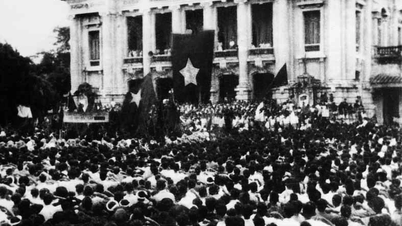



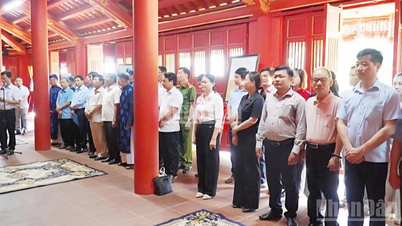






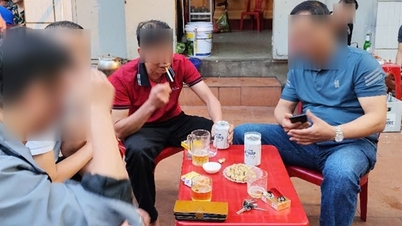
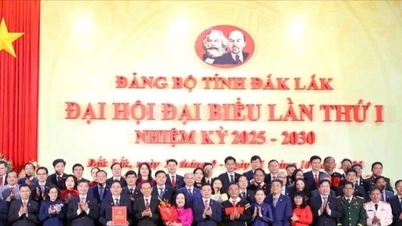


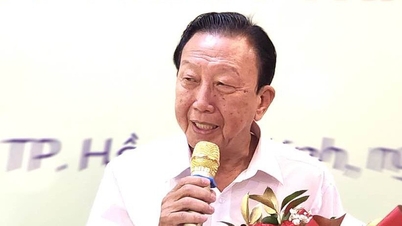





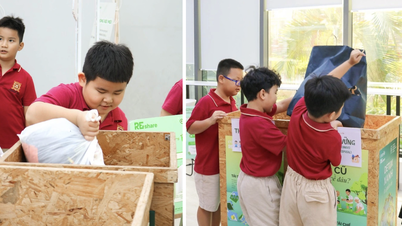

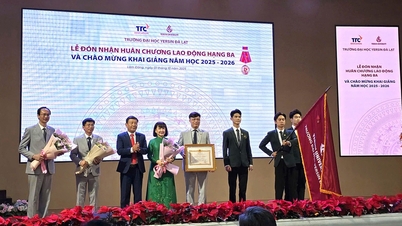
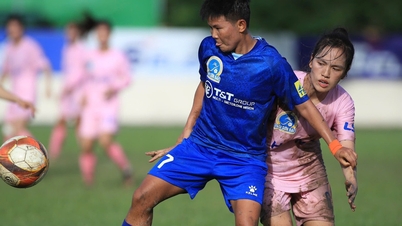
















































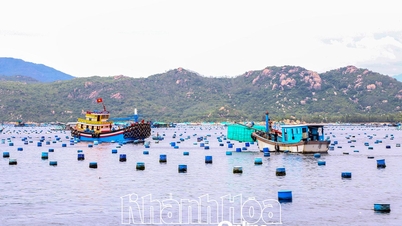














Comment (0)